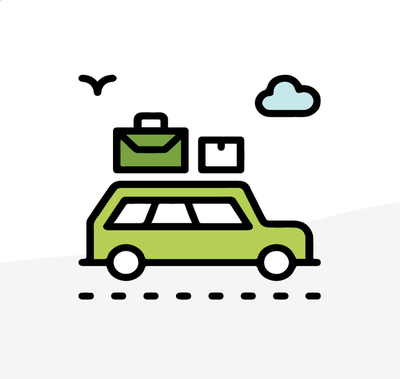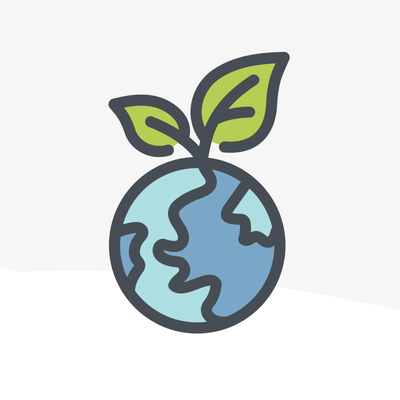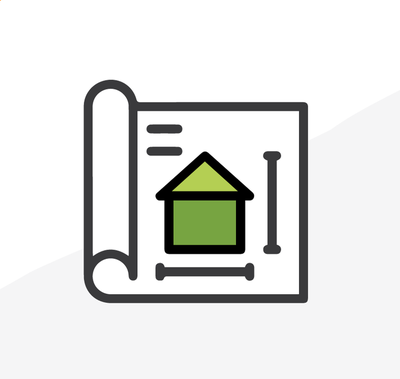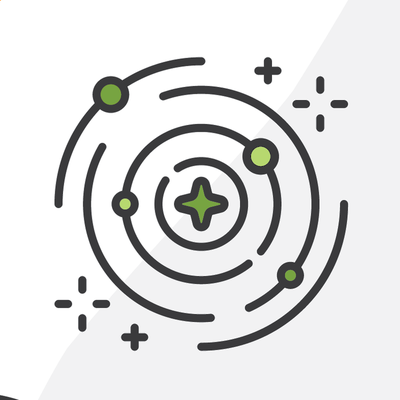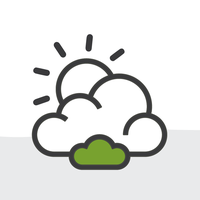Road Trip Retrospective
Come along for a look back at a Salesforce adventure across the Northeast.
Empowering Success: The Journey with PepUp Tech and Salesforce
By sharing these stories and advocating for programs like PepUp Tech, we hope to inspire others who may be facing similar challenges.
What We Learned from Housing Organizations at Pro-Bono Day
Here are some of our top takeaways from an in-depth conversation with three leaders from Habitat for Humanity organizations on how to drive a mission further with the right technology.
Your Salesforce Project’s Biggest Risk and How to Avoid It
New Salesforce clients often end up paying a higher price with lower results because their project agreement gives priority to signature over success.
The Expert Guide to Everything Dreamforce 23
Here's one more guide to Dreamforce, this time diving into the events on our list and a round-up of resources.
Arkies on the Road - Dreamforce '23 Edition
It’s almost time for Dreamforce 2023 and our Arkies want to connect with you!
The Best Dreamforce ‘23 Sessions for Nonprofits
The Arkus team has learned a thing or two about success during our work completing 1,600+ projects and counting for nonprofits — these are the sessions we recommend our clients and nonprofit team members in the community check out at #DF23.
Don’t Miss These Financial Services Cloud Sessions at Dreamforce '23
The countdown is on… it is almost time for Dreamforce 2023! Here are our top picks for Financial Services Cloud sessions to add to your agenda.
What's Missing from Your Nonprofit's Strategic Plan - Part III: Talent Retention
Beginner’s Guide to Salesforce Data Migrations Part I
Explore the significance of data migration in Salesforce implementations and important considerations before undertaking a migration project.

